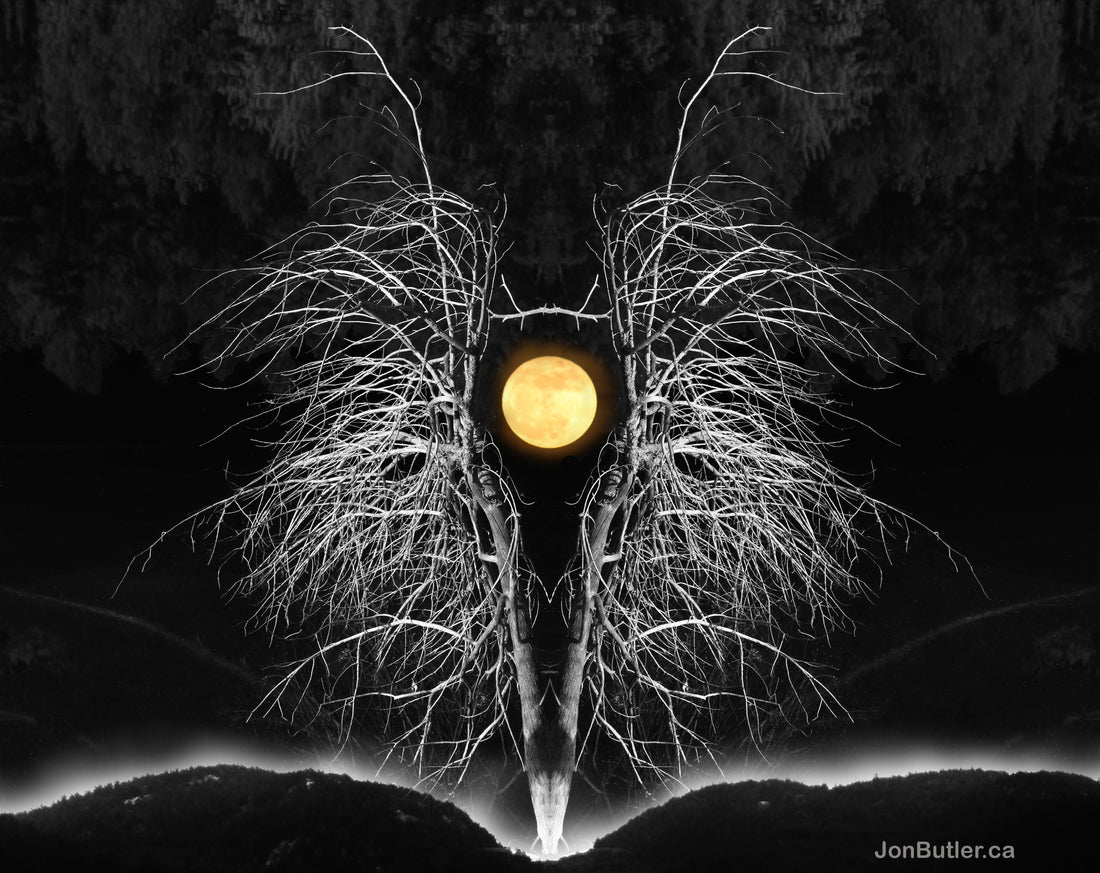Early experiments: Photomontage emerged alongside the rise of modernism in the early 20th century. Artists such as Pablo Picasso and Georges Braque pioneered collage techniques, which involved incorporating pieces of printed materials, including photographs, into their artworks.
Dada and Surrealism: During the Dada movement in the 1910s and 1920s, artists like Hannah Höch, Raoul Hausmann, and Kurt Schwitters embraced the technique of photomontage as a means of challenging societal norms and subverting traditional artistic techniques. They used it to create political and social commentaries, often combining disparate images and text to create new meanings or to mock authority.
Constructivism: In the 1920s and 1930s, Russian Constructivists like Aleksandr Rodchenko and El Lissitzky employed photomontage as a means of creating dynamic, often politically-charged graphic design. They used the technique to promote the ideals of the Soviet revolution and as a form of propaganda.
Bauhaus and Graphic Design: The Bauhaus school, founded in Germany in the early 20th century, incorporated photomontage into its curriculum. Artists like László Moholy-Nagy, Herbert Bayer, and John Heartfield experimented with photomontage as a means of engaging with mass media, advertising, and graphic design.
Political and Social Activism: Photomontage became a potent tool for political and social activists during the 20th century. Artists like John Heartfield used it to create powerful anti-Nazi and anti-fascist artworks. It continued to be used in movements such as Fluxus, Pop Art, and feminist art, to convey messages and challenge societal norms.
Digital Age: With the advent of digital technology, photomontage has become more accessible and widely practiced. Programs like Adobe Photoshop allow artists and designers to seamlessly combine and manipulate images, taking the technique to new levels of complexity and innovation.
The history of photomontage reflects its evolution as a powerful artistic and communicative tool, employed to engage with social, cultural, and political issues. Its legacy can be seen in contemporary art, advertising, and graphic design, where artists continue to push the boundaries of the medium.



1 comment
Interesting.